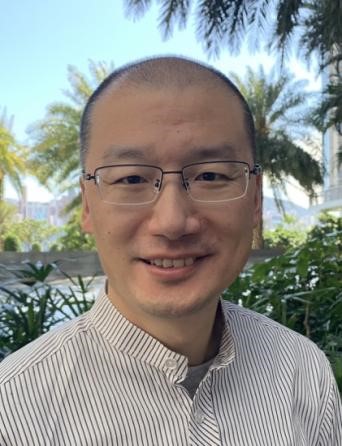学术报告第246期:Towards Precision Astrophysics for Warm Ionized Gas
星期四,2022/04/21-16:30 to 17:30
主讲人 (Speaker): 严人斌
主讲人单位 (Speaker's Institute): 香港中文大学
邀请人 (Invited by): 李成、黄志琦
时间 (Time): 星期四,2022/04/21-16:30 to 17:30
地点 (Location): 珠海校区天琴中心3416会议室/腾讯会议
摘要 (Abstract):
The interstellar medium is the fuel for star formation and AGN, and the sink for their feedback energy. It also records the history of star formation in its elemental abundances. The warm ionized gas is a major component of the ISM and has been extensively studied. However, there are still a number of mysteries about the ionization mechanisms for such gas in quiescent galaxies and quiescent regions of galaxies. Even for star-forming regions which are most well studied, there are still a large number of discrepant results in the literature about their metallicity, their elemental abundance pattern, and ionization states. I would present our efforts in solving these mysteries and resolving those discrepancies, and describe a roadmap towards an era in which we can model the astrophysics of warm ionized gas with precision, in the same style as Precision Cosmology. I will also introduce the design of a cost-effective, high spectral resolution, integral field spectrograph. When paired with a small telescope like a telephoto lens or arrays of them, it could provide unprecedented data to help us better understand star-forming HII regions and the feedback of star formation.
主讲人简介 (Speaker's CV):
Prof. Renbin Yan got his bachelor degree from Peking University and his PhD from University of California at Berkeley. After that, he was a postdoctoral scholar at University of Toronto and New York University. In 2012, he joined the faculty at the University of Kentucky and was tenured in 2018. Last year, he joined the Chinese University of Hong Kong and was awarded the title of Global STEM Scholar. Prof. Yan's research interest includes the astrophysics of the interstellar medium, stellar population, and astronomical instrumentation. He is experienced at conducting large spectroscopy surveys. He is the survey scientist of the SDSS-IV/MaNGA project, which is the largest integral field spectroscopy survey of galaxies to date, providing data for 10,010 unique galaxies. He also leads the MaNGA Stellar Library project, which is the largest and most-comprehensive stellar library to date. Recently, he is starting a new astronomical instrumentation project to build instruments for the next generation spectroscopy surveys.




